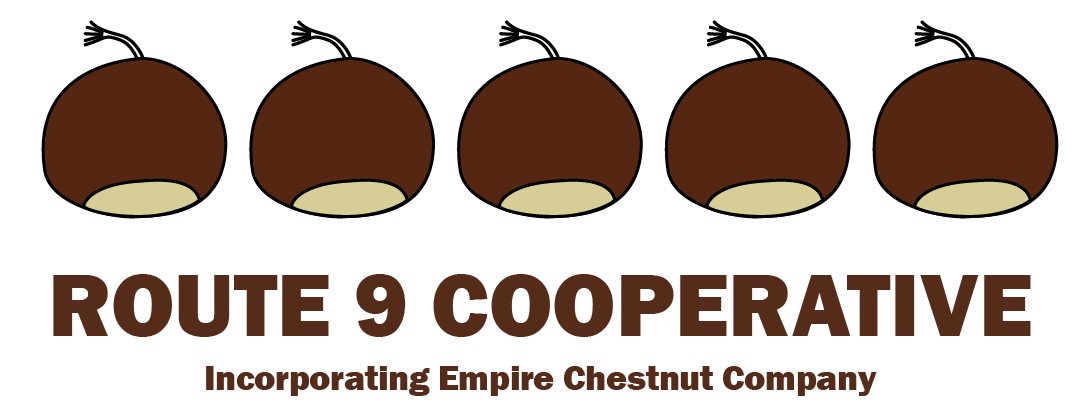Your cart is currently empty!
Planting Seedlings
Instructions for 1 Yr Old Bare Root Seedlings
Do not let the roots dry out.
Bare root trees are planted while they are dormant, during the dormant season or into the spring. To plant, dig a hole slightly larger than the root ball. A post hole auger works nicely when planting large numbers of trees. Carefully place the root ball in the hole and fill around the roots with loose soil. Make sure the roots are spread out and the ends of the roots point down as loose soil is backfilled into the hole. Plant the trees slightly deeper (about 1 inch) than they were in the nursery. After planting, water the trees well to settle the soil around the root system. Mulch around the trees to conserve water. The trees should not be pruned at planting time.
Fall and winter planted trees should not be fertilized at planting time unless you use a slow release fertilizer tablet or packet. Trees should be fertilized in the spring after they start growing. Use a liquid fertilizer or granular fertilizer. Control weeds and grass around the trees, and make sure the trees have adequate moisture during the first growing season. Do not over-water the trees: thoroughly wet the soil once per week to once per two weeks if they don’t receive adequate rainfall.
Chestnut trees should be planted at least 18 feet apart, preferably 25 to 40 feet apart to allow room for maximum nut production. Chinkapins can be planted much closer, say 6 to 12 feet apart or even closer if you want a hedge or “mass” planting. Chestnuts require cross pollination to set nuts; generally, any two seedlings will pollinate each other. To insure adequate cross pollination, single trees should be no more than 100 feet from their nearest chestnut neighbor. Seedling chestnut trees usually begin to bear within 10 years, most commonly at 45 years of age.
Instructions for Container Grown Trees, Including Plug Grown
During the dormant season (October-April): Keep the container stock cool and moist. Do not allow long exposure to temperatures lower than 20 F. They can be planted anytime that field conditions permit. The trees can be kept in cold storage, in an unheated building or shed, or outside, provided they don’t get too cold or too dry. If they are exposed to temperatures above 50 F, they will begin to grow. When growth begins, follow growing season instructions below.
During the growing season (April-October): Growing trees require more care than dormant ones. If you receive leafy container stock or dormant stock begins to grow, they should be kept in full or partial sunlight, either outside or in a greenhouse. Leafy trees need to be protected from frost and freezing conditions, except in the fall. The containers should be upright, level, and protected from blowing over. The potting medium should be kept moist, but not too wet. This may require daily watering or less depending on conditions and tree size. Container trees can be kept for several weeks or more before planting. Generally though, the sooner they are planted the better.
Container trees can be planted almost anytime that field conditions permit, except that leafy trees should not be planted until danger of frost is past. (Note: Frost will not usually kill trees, but it will set them back a few weeks.) It’s okay to plant dormant trees before danger of frost and freeze is past. Choose a planting location with well-drained soil in full sun. To plant tree, carefully remove tree from container, and place root ball in an oversized hole, 1 inch deeper than the tree was in the container. Back fill with loose soil, leaving no air gaps. Water thoroughly to settle soil around root ball. It’s helpful, but not necessary to fertilize at planting time. Use a slow-release fertilizer packet or tablet, or use granular or liquid fertilizer sparingly. For late summer or fall planted trees, use slow-release fertilizer or none at all. Keep soil moist until late fall. Plant Chinese, American, and hybrid chestnuts 15 to 40 feet apart; plant chinkapins 5 to 20 feet apart.
